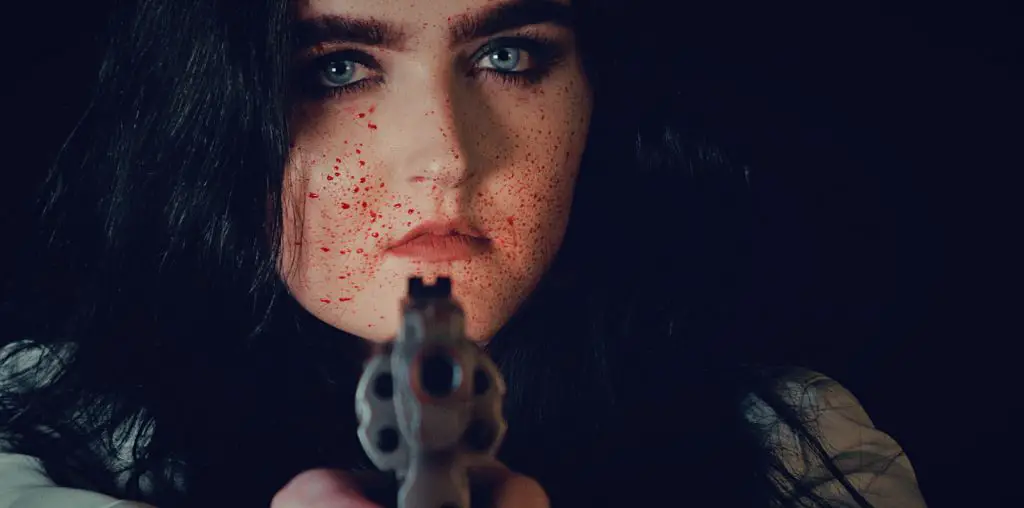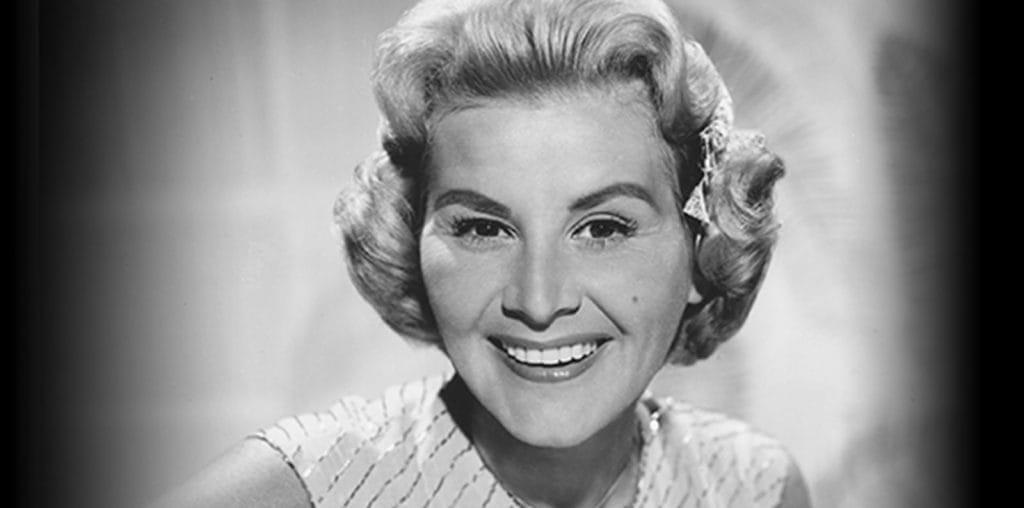
With Thin, acclaimed photographer Lauren Greenfield takes us inside a Florida residential treatment center to observe four women recovering from anorexia.
We spoke with Lauren with Lauren about her documentary.
When did you decide you wanted to make a film on eating disorders? ^ The idea for the film grew out of my last photography book Girl Culture. Over a 5-year period, I photographed American girls and women of all ages looking at the way the body had become the primary expression of identity for girls and women.
For that work, I documented the whole spectrum of “body projects” from the mainstream and everyday — make-up, grooming, and fashion—to the more pathological and self-destructive like eating disorders, self-harm, and sexual promiscuity.
After the book, I wanted to delve more deeply into some of the stories and push my use of the narrative. Producer RJ Cutler had followed my photography and believed in my ability to direct a film. Together, we proposed a documentary on girl culture to HBO. Sheila Nevins at HBO was particularly interested in the eating disorder part and I subsequently did more research on the subject.
After some thought, I came to the conclusion that eating disorders were an extremely dramatic and poignant example of the way girls use their bodies instead of their voices to express themselves. I thought this subject could be particularly interesting in film because there are few mental illnesses that have a physical manifestation that can be seen visually. Since there is a direct relationship between mental illness, body weight, physical changes, body image and recovery, I decided this subject, and particularly one treatment center in particular, could be the basis for a compelling narrative in film.
How did you decide on the four female subjects in your film? ^ I tried to follow girls beginning with their first day of treatment. This was particularly difficult because it meant the subject had to agree to being filmed for the project before meeting me in person. One of the girls who ended up being featured in the film, Shelly, decided she would entertain a phone conversation with me about this possibility. She was a very interesting case because she was a twin and had been anorexic for a long time though her twin never had been. Shelly had been fed through a feeding tube for the last 5 years and was nevertheless at a very low weight. She had been in treatment multiple times before and hadn’t been able to sustain recovery. We talked and I told her she could give it a try and was free to stop anytime if she did not like it. She agreed and her first day at Renfrew was actually our first day of filming.
Alisa also agreed to be filmed her first day, as did half a dozen others. Besides Shelly who was planned ahead of time, the “casting” was an intuitive process where we followed the characters that we were interested in and hoped they would work out. At that point, we did not know if the film would follow one character or multiple characters. There was not a premeditated plan in that sense. We just followed the stories, the drama and the characters we were attracted to—keeping a particular eye on those we followed from the beginning. In the end, two of the main characters were people who agreed from the beginning and two others were ones we met there and proved interesting as their stories developed.
Was the subject matter ever too much to handle? Did you ever consider quitting? ^ The subject matter was sometimes difficult and often very emotional. But since I worked long and hard to get access and establish trust, I was grateful to be there and to be allowed the privilege of witnessing private and intimate moments. When the highs and lows came, they were sometimes emotionally challenging but were also the peak moments of the filmmaking process.
I never considered quitting because that is not my modus operandi. I often work on emotionally difficult stories in my photography and quitting is not a possibility. During the shooting of this film, sometimes I would get frustrated with the repetition of treatment and hope that our story would turn a corner. Sometimes I would hit a wall with access from the clinic or from the girls. But when we persisted and broke through those obstacles, there was always something more interesting on the other side
Eating disorders are obviously huge problems. Are there any solutions? ^ There are no easy solutions. An expert told me it takes an average of 7 years to get better and the average insurance policy will cover three weeks of treatment. It is possible to recover but it is a long, hard and expensive process.
Eating disorders are serious mental illnesses but one of the reasons they are increasing is because of the enormous cultural and media pressures around body image. Addressing those pressures in society and in the media could be a step toward a solution.
Beyond your Sundance premiere, where else can people see “Thin”? ^ It will air on HBO in November 2006. I am also working on a book of photographs and interviews (also entitled THIN) that will be published by Chronicle Books in the Fall. For news about the film, the book, and the accompanying photography exhibition, visit www.laurengreenfield.com.

